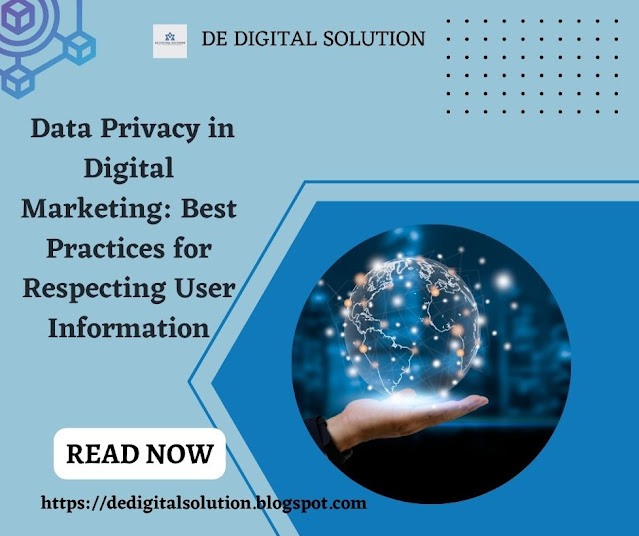In the ever-evolving landscape of digital marketing, AI-powered technologies have emerged as game-changers, with chatbots taking the forefront in revolutionizing customer interactions. This innovation has reshaped the way businesses connect with their audience, providing personalized and efficient solutions around the clock. In this article, we'll delve into how AI and chatbots are redefining customer engagement and enhancing the overall digital marketing experience.
Introduction:
Gone are the days when customer service was restricted to human agents operating during business hours. AI and chatbots have ushered in a new era of round-the-clock customer engagement, with capabilities that extend beyond manual efforts. These intelligent systems use natural language processing and machine learning algorithms to comprehend and respond to user queries, bridging the gap between brands and consumers like never before.
Benefits of AI-Powered Chatbots:
1. 24/7 Availability: One of the most significant advantages of chatbots is their constant availability. Customers can obtain assistance whenever they need it, enhancing user satisfaction and loyalty.
2. Instant Responses: Chatbots provide instantaneous responses, ensuring that customers' inquiries are addressed promptly. This immediacy significantly impacts user experience and contributes to higher engagement rates.
3. Scalability: As businesses grow, so does their customer base. Chatbots can handle multiple conversations simultaneously, eliminating the need for businesses to hire and train additional support staff.
4. Personalization: Through AI, chatbots can analyze user data to deliver tailored recommendations and solutions. This personalized approach creates a deeper connection between the brand and the consumer.
5. Data Collection and Analysis: Chatbots gather valuable customer insights by analyzing interactions. This data can inform marketing strategies, product development, and more.
Enhancing User Experience:
User experience is paramount in digital marketing, and chatbots play a pivotal role in elevating it. By offering quick solutions, guiding users through processes, and remembering previous interactions, chatbots create a seamless and user-centric journey. This positive experience fosters trust and encourages repeat interactions.
Implementation Across Industries:
AI-powered chatbots have found applications across various industries. In e-commerce, they assist shoppers in finding products, answering questions, and making purchase decisions. In the healthcare sector, they offer preliminary medical advice and appointment scheduling. The hospitality industry employs chatbots for booking reservations and addressing guest queries. This versatility highlights the broad spectrum of possibilities these technologies bring to the table.
Challenges and Future Directions:
While AI-powered chatbots offer numerous benefits, challenges such as language nuances, understanding complex queries, and maintaining a human touch remain. Striking the balance between automation and a personal touch is vital. Future developments may include more advanced sentiment analysis, improved contextual understanding, and seamless integration with other AI systems.
Conclusion:
AI and chatbots have truly revolutionized customer interaction in the realm of digital marketing. Their ability to provide instant responses, personalized recommendations, and continuous availability has reshaped the way businesses engage with their audience. As technology continues to advance, we can expect even more sophisticated and human-like interactions, leading to a future where AI-powered chatbots seamlessly enhance customer experiences across industries. Embracing these innovations is not just an option but a necessity for businesses aiming to thrive in the digital age.
Keywords : AI in Customer Interaction, Chatbot Solutions, Digital Marketing Transformation, AI-driven User Engagement, Chatbot Benefits, AI in E-commerce, Personalized User Experience, AI in Healthcare
Meta Tags: AI in Digital Marketing, Chatbots for Customer Engagement, AI-Powered Customer Interaction, Enhancing User Experience, Personalized Marketing Solutions















.jpg)


.jpg)
.jpg)
.jpg)
)%20(1).jpg)



).jpg)



.jpg)